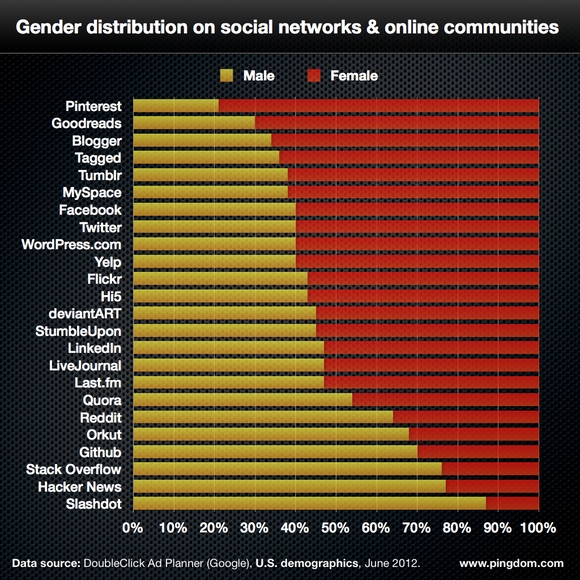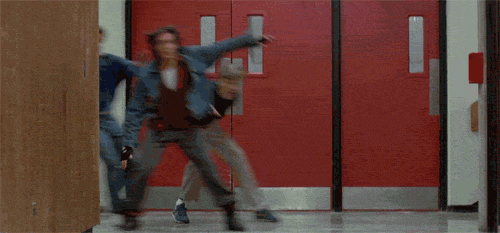
The merits of voting[1] have come under scrutiny as of late, thanks in part to Russell Brand’s comments on the topic in his guest edited edition of the New Statesman. (Oh and I think there might have been an interview as well.) I’m highly suspicious of voting as well, which is why my ballots are mostly blank except for the one or two things I think might be strategically useful in later direct action. I voted earlier this week in a local election because my city is still small enough that there are very real and tangible differences to electing one counsel person over another: One city council person authorizes citizen working groups to organize municipal composting while another led the charge to close an indy media center that hosted an Iraqi artist because… terrorism.[2] A lot has already been said about the efficacy of voting and why it alone cannot possibly bring about the fundamental change that politicians promise. Besides, if you’ve read your Zinn, you know that all the important stuff happens between elections anyway. What I want to touch on today however, has less to do with government elections, and more to do with the abstract concept of voting. Why is it that, if voting is implemented within a system, do we automatically assume that it is more democratic? What happens to social networks and web platforms when we install voting as the overriding system of displaying public opinion? Why shouldn’t the critique of voting in general be directly imported as a critique of the social networking sites that use voting as the primary form of interaction on the site? more...







 As the 2012 presidential race ever so slowly gains momentum it remains clear that social media will be influencing elections for a long time to come. In the long run, does the shift towards social media campaigning change who is perceived to be a legitimate candidate? If so, social media might change who wins elections and therefore changes how we are governed. Avoiding [for now] the issue of whether social media has inherent tendencies towards the left or right, what I want to ask is: opposed to old media, does new media benefit political underdogs and outsiders?
As the 2012 presidential race ever so slowly gains momentum it remains clear that social media will be influencing elections for a long time to come. In the long run, does the shift towards social media campaigning change who is perceived to be a legitimate candidate? If so, social media might change who wins elections and therefore changes how we are governed. Avoiding [for now] the issue of whether social media has inherent tendencies towards the left or right, what I want to ask is: opposed to old media, does new media benefit political underdogs and outsiders?
